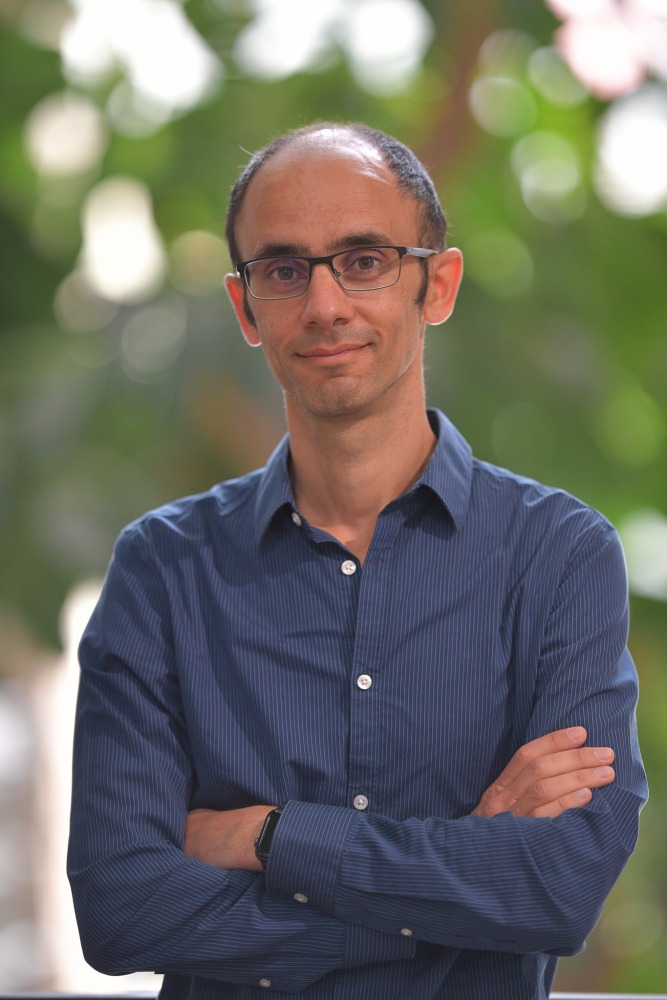Welcome to the experimental group of Shlomi Kotler.

Can we place an everyday object such as a congo drum in a quantum superposition? If we can’t - then why? Is that reason fundamental in that it places bounds on the correctness of quantum mechanics? If we can, then what is it useful for? Can we use it to do better metrology, improve information storage and to build hybrid quantum systems?
We study quantum MEMS: micro-electro-mechancial circuits. These hybrid quantum systems couple microwave circuits with micro-mechanical elements (aka "drums"). They serve as a platform to study fundamental quantum mechanics of fairly large objects (as big as the diameter of a human hair) and at the same time can be used as a springboard for quantum technology that involvs microwave: quantum communication, quantum illumination and quantum processing.
We are also not afraid of theory and think deeply about quantum process and state tomography, entanglement bounds and quantum information processing with continuous variables.
We study quantum MEMS: micro-electro-mechancial circuits. These hybrid quantum systems couple microwave circuits with micro-mechanical elements (aka "drums"). They serve as a platform to study fundamental quantum mechanics of fairly large objects (as big as the diameter of a human hair) and at the same time can be used as a springboard for quantum technology that involvs microwave: quantum communication, quantum illumination and quantum processing.
We are also not afraid of theory and think deeply about quantum process and state tomography, entanglement bounds and quantum information processing with continuous variables.
Our research interest include:
- Non-classical states of macroscopic mechanical objects (Quantum MEMS).
- Quantum-limited measurement of superconducting devices.
- Hybrid quantum systems with charged particles: electrons, ions and superconductors, mechanical systems with trapped ions.
- Quantum sensing using quantum information processing techniques.
- Quantum information theory: tomography, benchmarking and entanglement witnesses, macroscopicity of quantum mechanics.